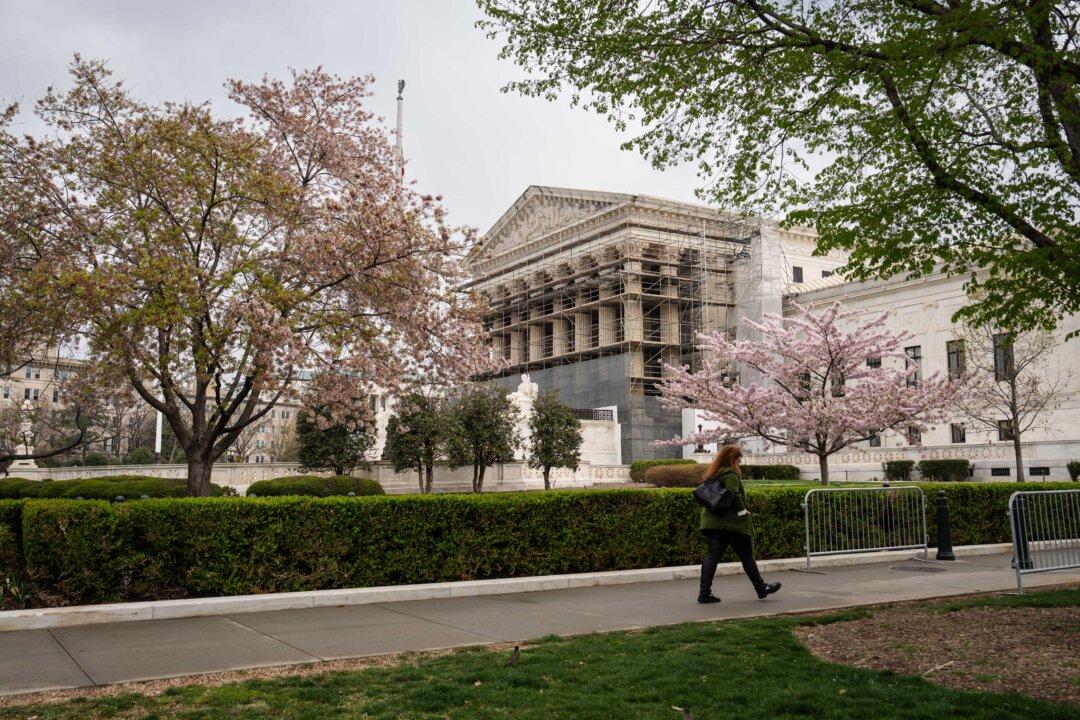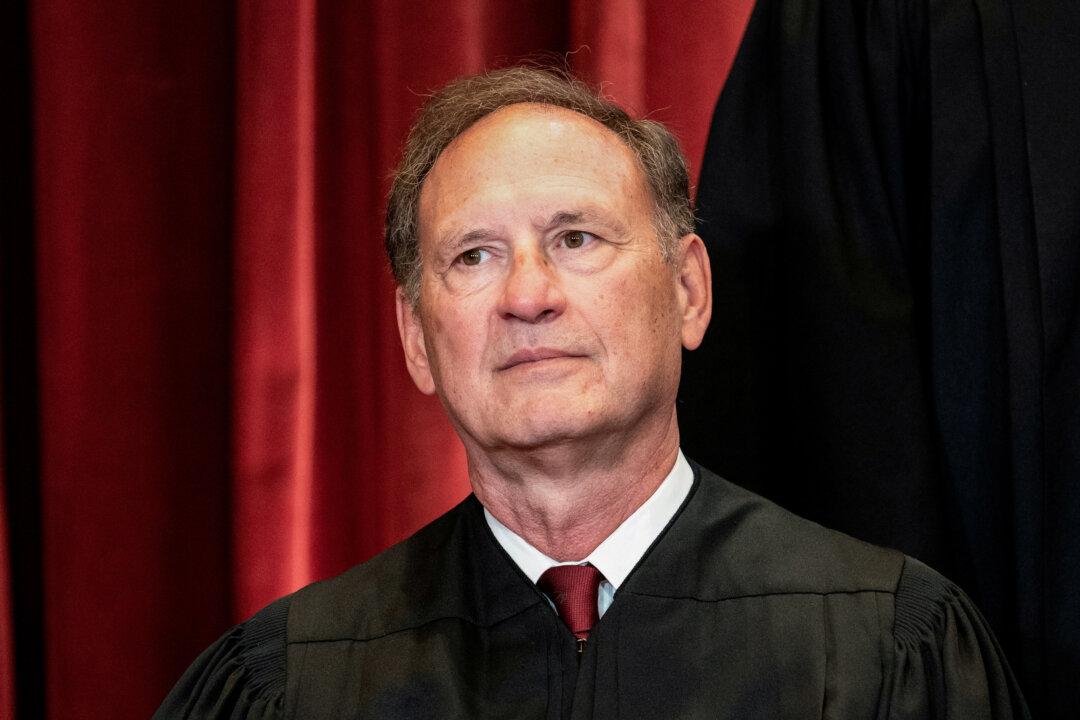Davis Jenkins, a senior research scholar and research professor at Columbia’s Teachers College, told The Guardian newspaper that the slide in college enrollment among graduating high school students is “chilling.”
“Delaying college really diminishes your chance of completing college,” he said. Particularly if community college enrollment is declining, “you take away the opportunity of college for millions of students.”
“It’s going to increase the divide between education have and have-nots.”
California experienced the largest drop this past spring of all the states, as its community college and university headcount fell by around 123,000 students.
“California is doing worse than the national averages by 1 or 2 percentage points in terms of the declines this spring compared with last,” Doug Shapiro, executive director of the National Student Clearinghouse Research Center, told the Los Angeles Times.
Paul Feist, spokesman for California Community College Chancellor Eloy Ortiz Oakley, said the pandemic “disrupted students’ lives in a myriad of ways that made it difficult or impossible for many of them to continue with their college educations.”
A state community college student survey reported that 41 percent faced a change in employment during the pandemic; around 19 percent experienced a reduction in work hours, 22 percent were laid off or furloughed, Feist said.
The downward trend isn’t new. From 2009 to 2019, enrollment at 2-year institutions fell to 5.6 million students from 7.5 million, representing a 26 percent decrease over that 10-year period. By contrast, at the same time, enrollment at 4-year institutions rose 10 percent, climbing to 11 million students from 9.9 million.
But the single-year 11.3 percent drop came the year after pandemic-mitigation tactics such as lockdowns and social distancing took effect and after March 2020, when many colleges shifted to online-only learning in an effort to contain the virus.
Many Americans look to community colleges as cheaper, less time-consuming, more practical alternatives to traditional universities, which, while they may provide intellectual challenges, tend to offer little in the way of real-world experience useful in the workplace.
Students spend on average $25,615 for an academic year at a 4-year public institution and $53,949 for a traditional private university.
Community colleges, on the other hand, cost the student an average of about $10,300 per year, making them considerably more affordable than 4-year schools.
The drop in community college enrollment may be related to the difficult economic environment that has persisted since pandemic-mitigation measures went into effect. About 80 percent of community college students work—about half of them full-time—and come from low-income families. About 23 percent of dependent students and 47 percent of independent students at community colleges come from families with incomes below $20,000.





